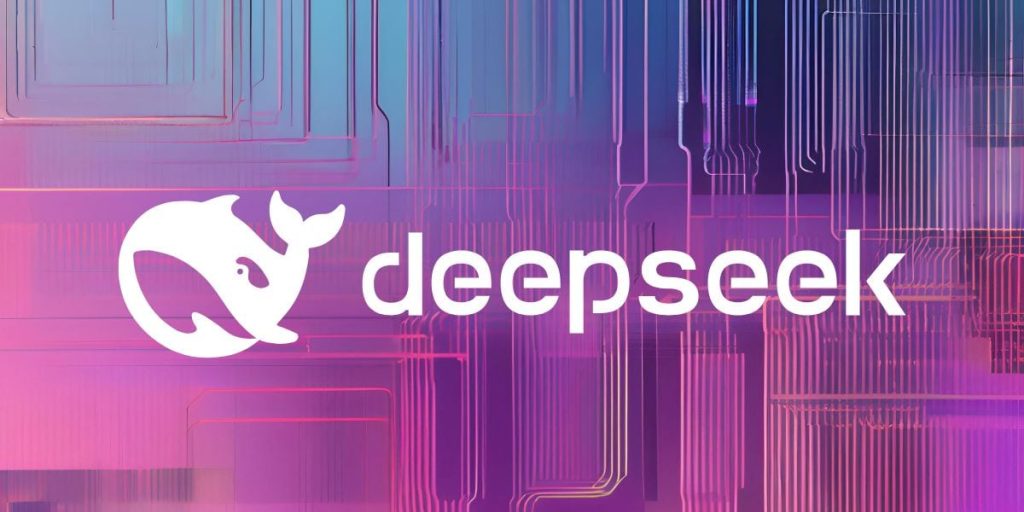Hangzhou-based AI developer DeepSeek has officially released DeepSeek V3.2-Exp, described as an “intermediate step” toward its next generation architecture. The company says this model is more efficient to train and better at handling long sequences of text than its prior versions. The release was announced via a post on the developer forum Hugging Face.
DeepSeek claims that V3.2-Exp integrates a mechanism called DeepSeek Sparse Attention (DSA), which helps reduce compute costs while boosting performance on certain tasks. In conjunction with the launch, DeepSeek has cut its API pricing by over 50 %, signaling a push for broader adoption and developer penetration. The company confirmed that these new rates apply across its apps, web interface, and developer APIs.
Technical Highlights & What Makes V3.2-Exp Important
One of the headline features is the new DSA mechanism. Traditional transformer models apply attention across all tokens, which becomes expensive with long inputs. Sparse attention limits the attention scope, enabling better performance-to-cost trade-offs — especially useful for long documents or extended dialogues. DeepSeek emphasizes that the design cuts computation while keeping quality nearly identical to its previous flagship.
The company also notes that V3.2-Exp handles longer text inputs more gracefully than earlier models. This is important for real-world use cases such as document summarization, legal text processing, or research tools. In internal tests under aligned training settings, V3.2-Exp achieved results comparable to V3.1-Terminus across public benchmark datasets.
Another critical update: DeepSeek has open-sourced the model on Hugging Face and ModelScope, while also keeping V3.1-Terminus available until October 15, 2025 (15:59 UTC) for comparison testing. This dual availability lets developers evaluate improvements firsthand before committing to the new release.
Positioning, Competition, and Strategic Stakes
DeepSeek is landing this update at a moment of intense AI competition, both in China and globally. Their earlier models, like V3 and R1, drew attention for shaking up the expectations of Chinese AI startups. The V3.2-Exp is more modest in ambition but strategically important as DeepSeek eyes major leaps ahead.
Domestically, DeepSeek may challenge rivals like Alibaba’s Qwen models. Internationally, it may push up against OpenAI, Anthropic, and others, but much depends on cost, performance, developer support, and ecosystem integration. By slashing prices while maintaining quality, DeepSeek is clearly targeting cost-sensitive developers and Asian markets, potentially forcing incumbents to rethink both pricing and efficiency.
Key Challenges Ahead & What to Watch
Benchmark validation & transparency: DeepSeek must prove V3.2-Exp’s improvements with audited benchmarks beyond internal claims.
Scalability & safety: Toxic outputs, hallucinations, and adversarial vulnerabilities remain unresolved issues at scale.
Next-gen architecture: While V3.2-Exp is a bridge release, the success of DeepSeek’s future flagship depends on risky research bets.
Ecosystem adoption: Price cuts may draw testers, but converting them into long-term customers is the real challenge.
Regulatory & geopolitical headwinds: As a Chinese AI firm with global ambitions, DeepSeek faces hurdles around trust, compliance, and export controls.
Since its release, international media, tech bloggers and enthusiasts have welcomed DeepSeek’s global success with awe and wonder, with some saying the homegrown AI startup’s meteoric rise is a sign China is beating back Washington’s attempts to contain the global tech industry.

